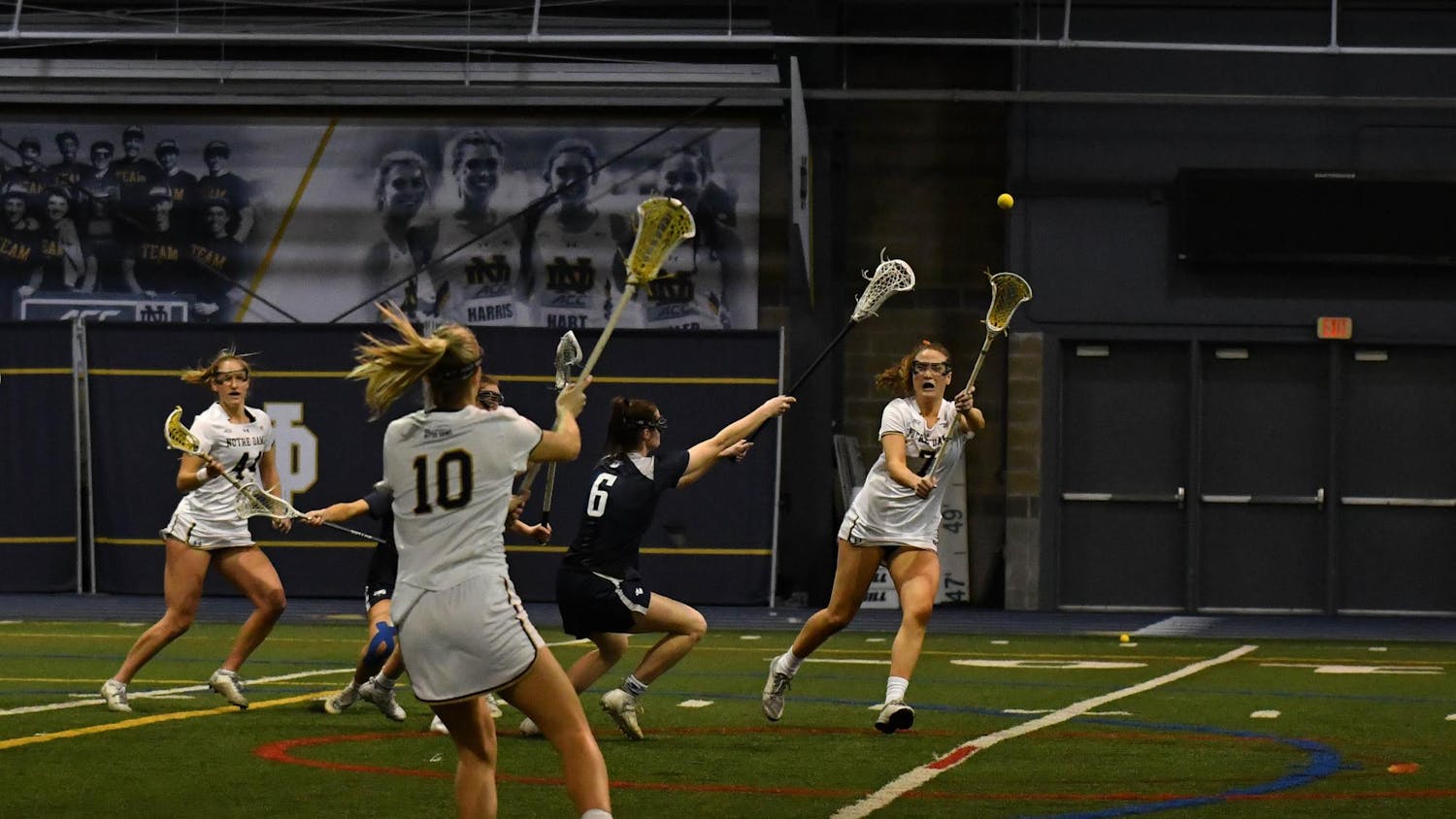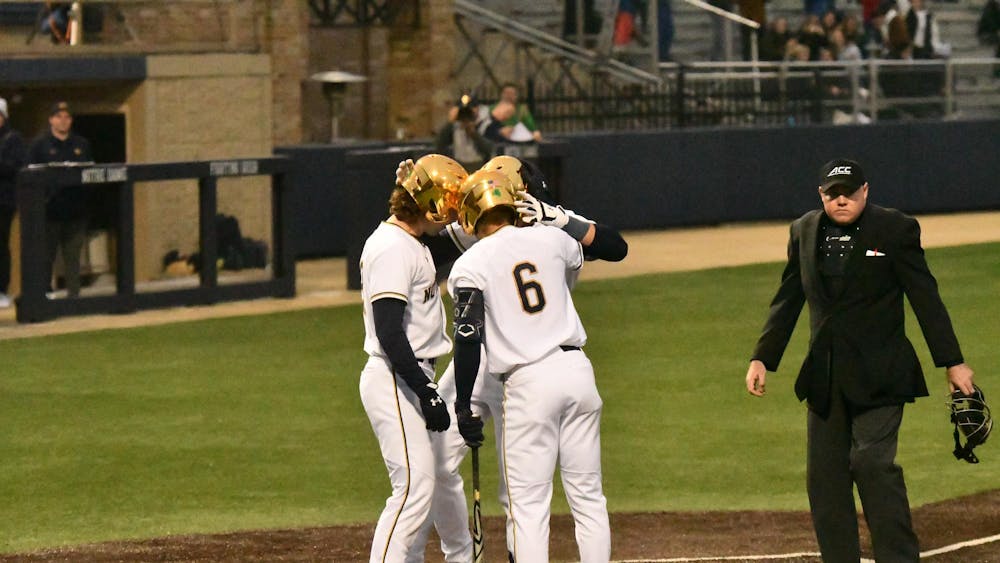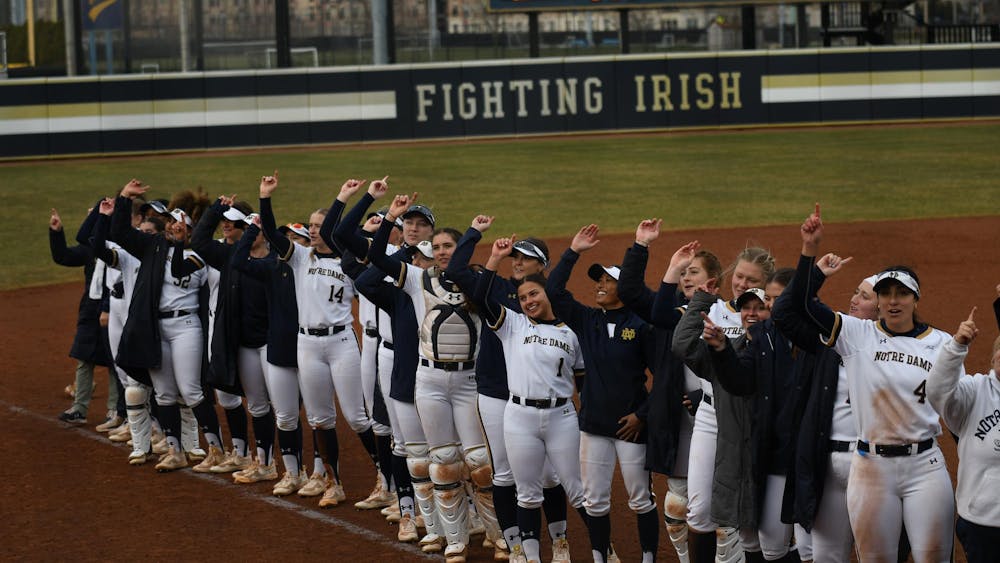On Sunday night, months of rampant media-fueled speculation finally came to an end, as the pairings for 35 bowl games were released.
Like most people, I watched mainly to see how the BCS picture shook out, but I also stayed tuned to see the lower-tier bowl matchups. And what I saw was an extravagantly long list of mostly dull, uninspiring games.

Simply put, this season's slate of bowl games carries very few interesting storylines. Of course, the national championship tilt between Notre Dame and Alabama has the potential to be one of the sport's all-time great games. Aside from that, there's an intriguing Fiesta Bowl matchup between Kansas State and Oregon, a promising shootout between former Big 12 rivals Oklahoma and Texas A&M in the Cotton Bowl and a potentially interesting "Battle of the Tigers" between Clemson and LSU on New Year's Eve.
The only problem is that, for every Fiesta Bowl or Cotton Bowl, there are about four Buffalo Wild Wings Bowls or Famous Idaho Potato Bowls.
Overall, there are 35 bowls and 70 teams playing in them, a figure that sounds ridiculous when you consider there are only 120 full-time FBS football programs. 58.3 percent of FBS football programs will be going bowling this season, and, if you take out the four ineligible teams that would have otherwise grabbed bowl slots, that figure rises to greater than 60 percent of programs that are bowl-eligible.
Essentially, the bowl game system is like a recreational soccer league that awards its players participation medals, recognizing that few players have earned an award based on their merits.
In today's football landscape, achieving the magical number of six wins for bowl eligibility is not too difficult. Teams can basically pencil in a win over an FCS opponent, beat up on two or three non-conference cupcakes, defeat one or two teams from the cellar of their conference and maybe even sneak out a win or two against an equal or better conference opponent to hit six wins and guarantee a bowl trip.
Heck, teams can even reach a bowl game with a losing record, as we saw in the case of 6-7 Georgia Tech.

The Yellow Jackets' inclusion brings me to my next point: the ridiculous conference tie-ins that allow for the presence of average teams in college football's "postseason."
Nowhere is this more apparent than the BCS and its provisions to include the champions of the six BCS conferences, including the Big East and the ACC.
These conferences are ranked sixth and seventh respectively in the Sagarin conference rankings, yet they have a guaranteed spot at the BCS banquet. Hence, we end up with the chance for Georgia Tech to make the Orange Bowl, an underwhelming Louisville squad in the Sugar Bowl and a five-loss Wisconsin in the Rose Bowl, a fact that must thrill the organizers at the "Granddaddy of them all."
In fact, five of the six bowl games on New Year's Day feature Big Ten teams, which is a potential nightmare for college football fans given the conference's struggles this season. The conference has been 20-34 in bowl games since the 2005 season, and its winning percentage doesn't look likely to rise this year, with the aforementioned Badgers battling Pac-12 champion Stanford, a Nebraska team that gave up 70 points in its last game meeting a Georgia team that was a deflected pass away from the national championship and a Northwestern program that hasn't won a bowl game since 1949 facing Mississippi State.
Although these tie-ins foster matchups between historically elite programs, they also largely deprive us of the chance to watch major BCS teams take on top schools from non-automatic qualifying conferences, which has recently been an interesting part of bowl season. Twenty-seven schools from non-AQ conferences (not including Notre Dame) will appear in bowl games, yet only five of them are taking on teams from BCS conferences.
This setup keeps us away from games like the exciting Boise State-Oklahoma or Alabama-Utah showdowns from the last few years and, instead, gives us matchups like Western Kentucky-Central Michigan and San Jose State-Bowling Green, two games that won't be high on anyone's viewing list.
I guess the only fortunate thing about such gluttony of bowls is that there's a good chance one of them is going on at any given moment. Just think, you can celebrate the end of finals by watching the Gildan New Mexico Bowl on Dec. 15 and cap off the 13th day of Christmas by watching Notre Dame-Alabama in the national championship on Jan. 7, giving you a winter break full of football.
After all, you weren't planning to do much on your winter break, were you?
Contact Brian Hartnett at bhartnet@nd.edu
The views expressed in this Sports Authority are those of the author and not necessarily those of The Observer.












